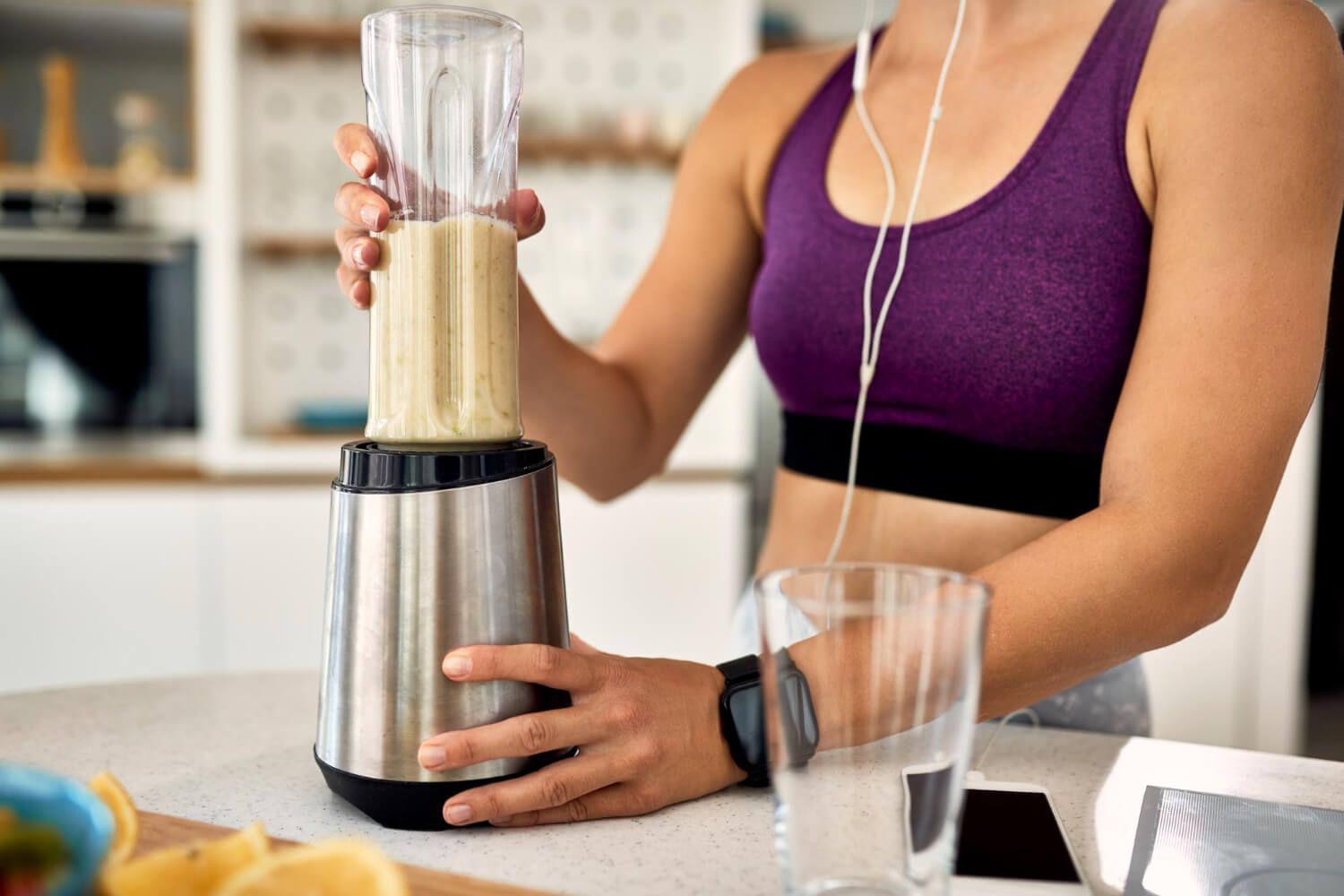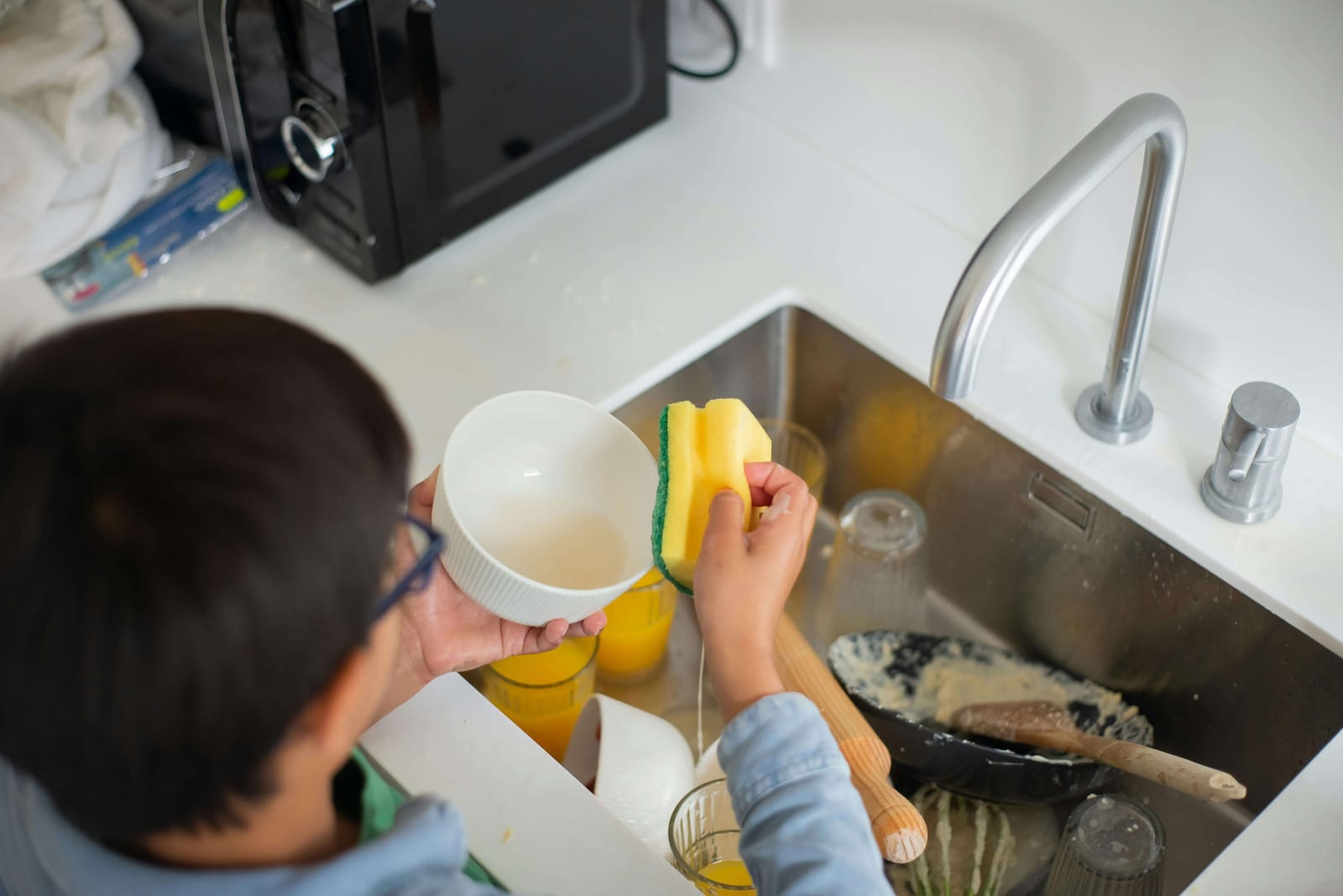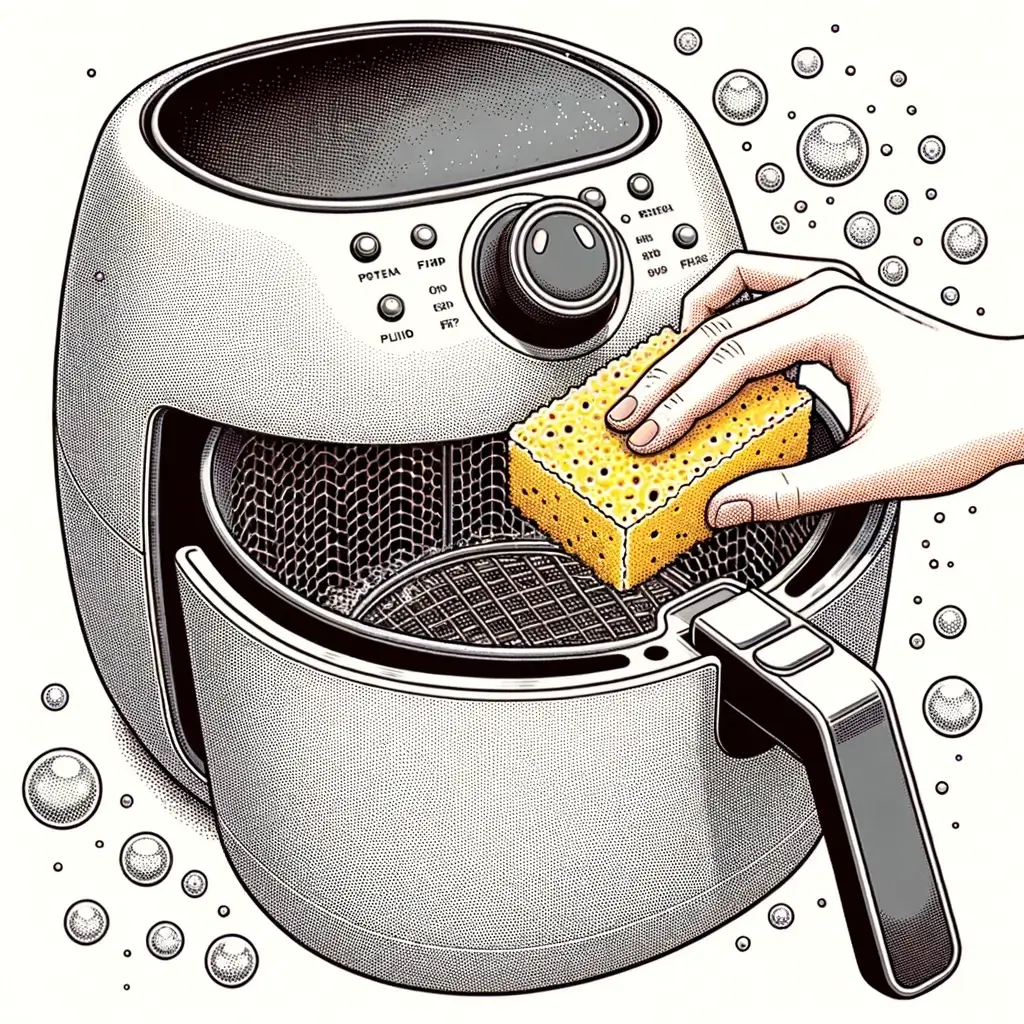In the world of fitness and nutrition, protein shakes are a staple. They're quick, convenient, and packed with the protein your body needs to recover after a workout. But have you ever stopped to consider the science behind your protein shake?
More specifically, have you ever wondered what your blender does to your protein shake?
In this micro-post, we'll delve into the fascinating science behind what your blender does to your protein shake.
Jump To:
- The Science Behind Protein Shakes
- What Your Blender Does in the Protein Shake Making Process
- The Role of Blender Speed and Power in Protein Shake Consistency
- How Different Blender Features Affect Your Protein Shake
- Conclusion
- Frequently Asked Questions
- Further Reading
The Science Behind Protein Shakes
Protein shakes are more than just a blend of protein powder and water. The science behind protein shakes involves understanding how the ingredients interact with each other and how your body absorbs them.
When mixed with a liquid, protein powder undergoes a process called solubilization. This process breaks down the protein particles, making them easier for your body to absorb. But the effectiveness of this process can be significantly influenced by the mechanics of your blender.
The nutritional benefits of protein shakes are well-documented. Protein is essential for muscle repair and growth, and consuming a protein shake after a workout can provide your muscles with the nutrients they need to recover and grow.
Various protein powders are available, including whey, casein, and plant-based proteins. Each protein type has its unique set of benefits and can be processed differently by the body.
What Your Blender Does in the Protein Shake-Making Process
Your blender plays a crucial role in the protein shake-making process. When you add protein powder and liquid to your blender and turn it on, the blades create a vortex that pulls the ingredients toward them.
This action helps to thoroughly mix the protein powder with the liquid, breaking down the protein particles and ensuring a smooth, lump-free shake.
But there's more to it than just mixing. The speed and power of your blender can also affect the texture of your shake. A high-speed blender can create a smoother shake, while a low-speed blender might result in a thicker, more textured shake.
The type of blender you use (such as countertop, immersion, or personal) can also affect the outcome.
The mechanics of a blender are fascinating. The motor powers the blades, which rotate at high speeds to create a vortex. This vortex pulls the ingredients down towards the blades, ensuring that everything gets mixed evenly.
Different types of blenders work in slightly different ways. For example, a countertop blender creates a vortex by rotating the blades at the bottom of the pitcher, while an immersion blender creates a vortex by rotating the blades at the end of a stick that you immerse in the ingredients.
The Role of Blender Speed and Power in Protein Shake Consistency
The speed and power of your blender directly impact the consistency of your protein shake. A blender with a high-speed motor and sharp blades can easily break down protein powder and other ingredients, resulting in a smooth and well-mixed shake.
On the other hand, a blender with a lower speed might not fully break down the protein powder, resulting in a chunky or gritty shake.
The power of your blender is also important. A powerful blender can handle tougher ingredients like frozen fruit or ice, which are often added to protein shakes for extra nutrition and a refreshing chill.
A less powerful blender might struggle with these ingredients, leaving chunks or not fully incorporating them into the shake.
Choosing the right speed and power level for your blender can make a big difference in the quality of your protein shake. A lower speed might be sufficient if you're blending softer ingredients like fresh fruit and yogurt.
But suppose you're blending tougher ingredients like frozen fruit or ice. In that case, you'll need a higher speed to fully break down the ingredients and achieve a smooth consistency.
How Different Blender Features Affect Your Protein Shake
Different blenders come with different features, and these can affect your protein shake in various ways. For example, some blenders come with a pulse function, which can be useful for breaking down larger pieces of fruit or ice.
Other blenders have pre-set programs designed for specific types of drinks, including protein shakes. These programs adjust the blender's speed and power to achieve optimal consistency for each type of drink.
Some blenders also come with variable speed control, which allows you to adjust the speed of the blender to suit the ingredients you're blending. This can be particularly useful when you're making a protein shake, as it allows you to fine-tune the consistency of your shake to your liking.
Conclusion
Understanding the science behind your protein shake and your blender's role in the process can help you make better, more delicious shakes. By choosing the right blender and using it effectively, you can ensure that your protein shakes are smooth, well-mixed, and enjoyable to drink.
If you're looking for a new blender for protein shakes or perhaps buying your first one, check out our article on the best blender for protein shakes for our top 5 recommendations.
For more insights into the world of protein shakes, don't miss our article on "Blender Mechanics: Perfecting Your Protein Shakes."
Frequently Asked Questions
What happens when you blend a protein shake?
When you blend a protein shake, the blender's blades create a vortex that mixes the protein powder with the liquid. This process breaks down the protein particles, making them easier for your body to absorb.
Should I use a blender for a protein shake?
Yes, using a blender for your protein shake can ensure a smooth, well-mixed shake. A blender can also handle additional ingredients like fruit or ice, enhancing your shake's nutrition and taste.
Why does my protein shake foam in the blender?
Foaming can occur when air gets trapped in the shake during blending. This is more likely to happen with high-speed blenders or when the blender is overfilled. Try blending your shake at a lower speed or in smaller batches to reduce foaming.
Should I drink the foam from my protein shake?
The foam from your protein shake is just air bubbles and doesn't contain any additional nutrients. While it's safe to drink, some people prefer to let the foam settle before drinking their shake.
Further Reading
- Blender Mechanics: Perfecting Your Protein Shakes: Dive deeper into the mechanics of blenders and how they can help you perfect your protein shakes.
- Blender or Shaker Bottle: The Best for Protein Shakes: Explore the pros and cons of using a blender versus a shaker bottle for your protein shakes.
- Blender Speed: Its Impact on Your Protein Shakes: Learn how the speed of your blender can affect the consistency and quality of your protein shakes.
- Choosing Your Blender Size for Daily Protein Shakes: Discover how the size of your blender can influence your daily protein shake routine.
- 31 Protein Shake Recipes by MilesFit: Step into a world of taste and health with MilesFit's curated collection of 31 protein shake recipes, designed to satisfy your cravings and support your fitness goals.



